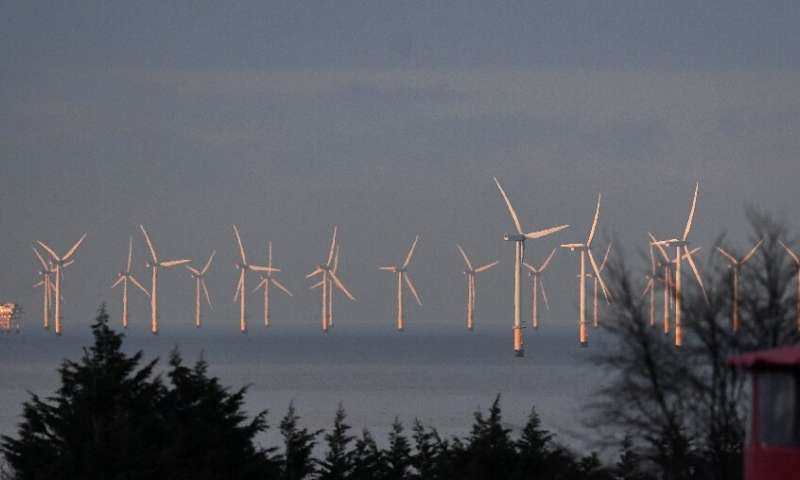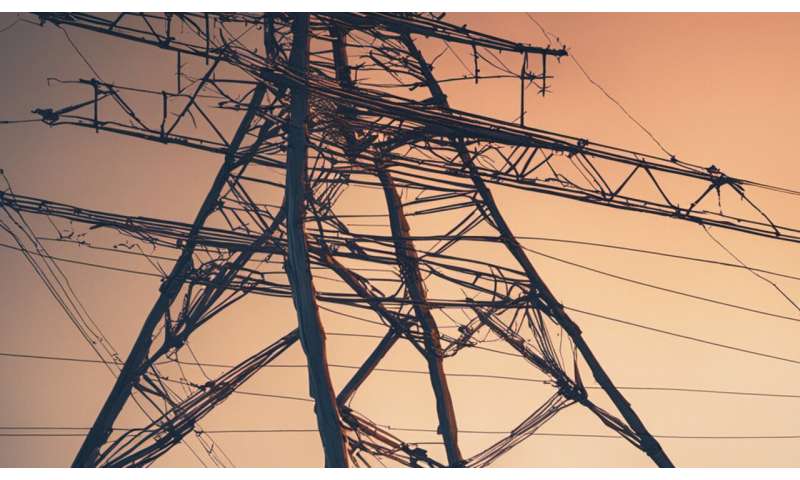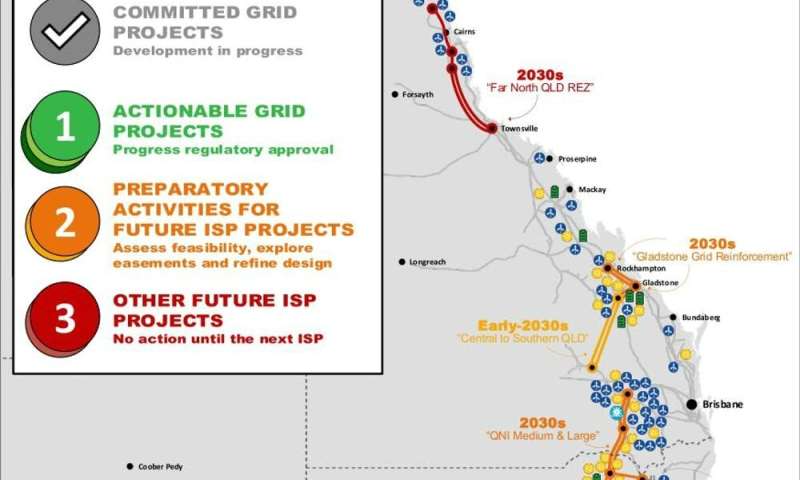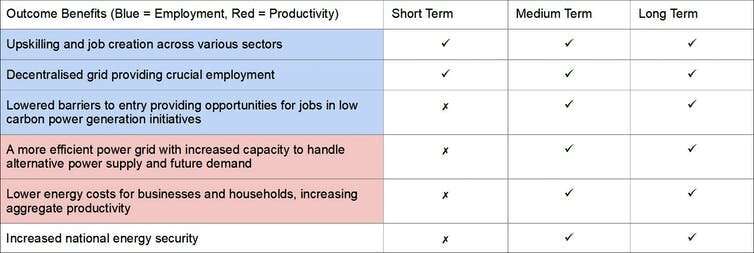Duong Hai Minh is so inspired by his art form that it gave him an idea that may help to solve the world’s plastic pollution problem. The series Wizards Of Tech meets this 46-year-old on a mission
Dr Duong Hai Minh has been working at the National University of Singapore for 10 years.
By Derrick A Paulo
By Sim Yee Lim
By Jonathan Chia
SINGAPORE: When physicist Isaac Newton discovered gravity, his eureka moment came as he was sitting in a garden, observing an apple fall.
In the case of National University of Singapore scientist Duong Hai Minh, it came after he was suspended in mid-air, doing swirls.
Duong led the research team who found a solution to the world’s plastic pollution problem — by turning plastic waste into aerogel, the lightest solid known to man and a material that insulates people against fire and cleans oil spills.
READ: A made-in-Singapore solution to the world's plastic waste problem
And he had this stroke of inspiration after flying through the air on aerial silks, a form of acrobatic dance performed while one is hanging from silk fabric.
“At the aerial silk (studio), I see people drink a lot of water after the exercise. And when I threw away my plastic bottle, I saw a lot of plastic bottles in the bin,” recalls the 46-year-old innovator.
“So I just wondered, can we recycle them into high-value material?

One A4-sized aerogel sheet can be made from one plastic bottle.
The result: The reinvention of aerogel, which had mostly been produced commercially from silica and commonly used for heat and sound insulation in buildings. Now it can be made into jackets that are more fire-resistant than conventional fire-fighting suits.
But what was this associate professor from the department of mechanical engineering doing on aerial silks in the first place?
“I tried different kinds of sports. I went to the gym, running, dancing, yoga, but I got bored … I like aerial silks because it’s a combination of various sports,” he tells the series Wizards Of Tech.
“It helps me to improve upper body strength, also (my) flexibility and my abs … Sometimes in the middle of the air, a eureka moment pops up in my mind.”
He started practising in 2013 and has been inspired by his weekend hobby ever since.
PHYSICS AND DANCE COMBINED
If you ask Duong, aerial silks are “in between an art and a science”. He says: “As long as you know about the science in the aerial silk tricks, you can master (them) more easily.”
And the first thing science helped him to understand was how to “defeat” gravity.
“When you (invert yourself) … you need to apply a force with your hand higher than the force of gravity to lift up your body. Then you can do the inversion,” he cites.
The second thing that is needed is momentum.
“When you rotate your body in the air, when you pull in your legs and your arms … rotational kinetic energy will be increased,” he says. “The spin of your body will be faster.
“When you extend your legs and arms back to the original (position), you can reduce the speed.”

Last but not least is friction, especially between the hands and the silk. In fact, it is “very important”, which is why some aerial dancers apply a drying lotion to “get a better grip on the fabric”.
However, he loves his art form not only because of the physics of it but also because he must “adapt to the music”.
“That means you can be a dancer,” he says. “This is the artiste; you need … some creativity as well. So that also helped me to become a (better) scientist.
“When you’re a scientist, (you) need to get creative in your technology or … research method to do it (your) own way. You don’t follow other people’s ways.”
Aerial silks have also helped to train his focus as an engineer because up in the air, he has to focus on what he is doing and the technique. “Otherwise, (you) will injure yourself,” he adds.
“That also helps me when I go to work, because I need to focus on what I’m good at.”
ON A ROLL
The kind of innovation Duong is good at, which he gets ideas about during or usually after his aerial silk exercise, has to do with recycling waste into new material “to enhance human life”.
Converting plastic bottles into aerogel is but one of these breakthroughs. Since his team published their research on this in 2018, they have figured out how to make the world’s first aerogels from rubber tyres.

Aerogel made of rubber tyre fibres.
They filed a patent last year for their rubber aerogels, which could solve another environmental problem: Globally, about a billion car tyres are discarded every year — only 40 per cent are recycled, and the bulk are burnt, releasing toxic gases.
Next up is agricultural waste such as pineapple leaves. “Every kilogramme of pineapple ... will generate about three kilogrammes of pineapple leaf waste,” says Duong. “We can use it for baby diapers ... and food preservation.”
Pineapple aerogel treated with active carbon powder, for example, can keep fruits and vegetables from rotting for at least two weeks. “This can be used for preserving vegetables and fruits during transportation,” he points out.
There seems to be no stopping him on his aerogel roll. His team have also used soya bean residue, known as okara, to create another eco-aerogel that is in the process of commercialisation.

Pineapple leaf aerogel, made of natural fibre, is biodegradable and eco-friendly, like okara aerogel.
What has “surprised” his colleagues, however, is his aerial silk hobby, which they found out recently.
“They feel that I’m a little bit weird because I’m a professor working at the university,” he says with a laugh. “And they said, ‘We couldn’t believe that you can do this well.’”
His students found out about it too. “They gossiped about it,” he grins. “They came up to me and said, ‘Prof, I saw your aerial silk (video) on YouTube. And we like it.’ I said, ‘Oh, thank you.’”
Watch this episode of Wizards Of Tech here.
WATCH: Why aerial silk dance inspires this engineering innovator (3:44)














